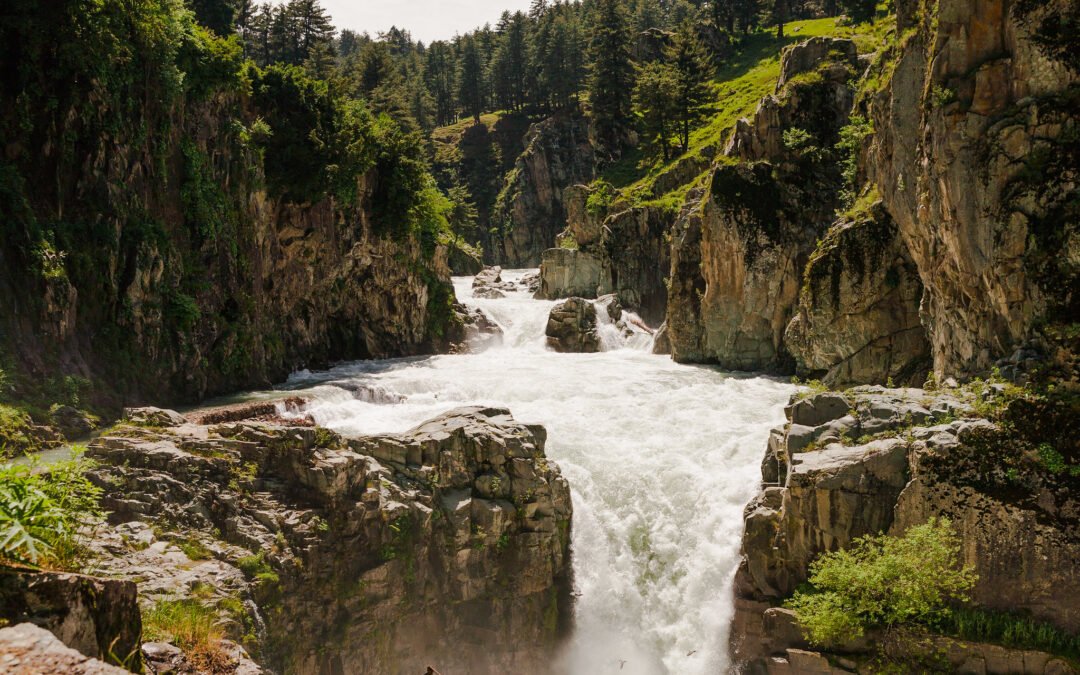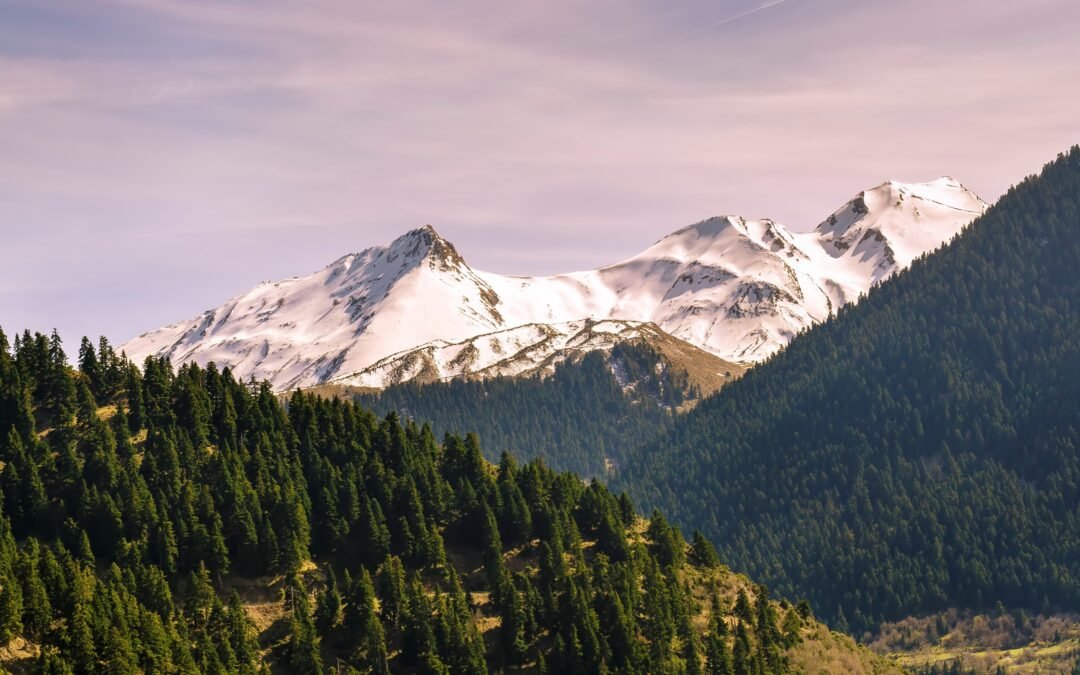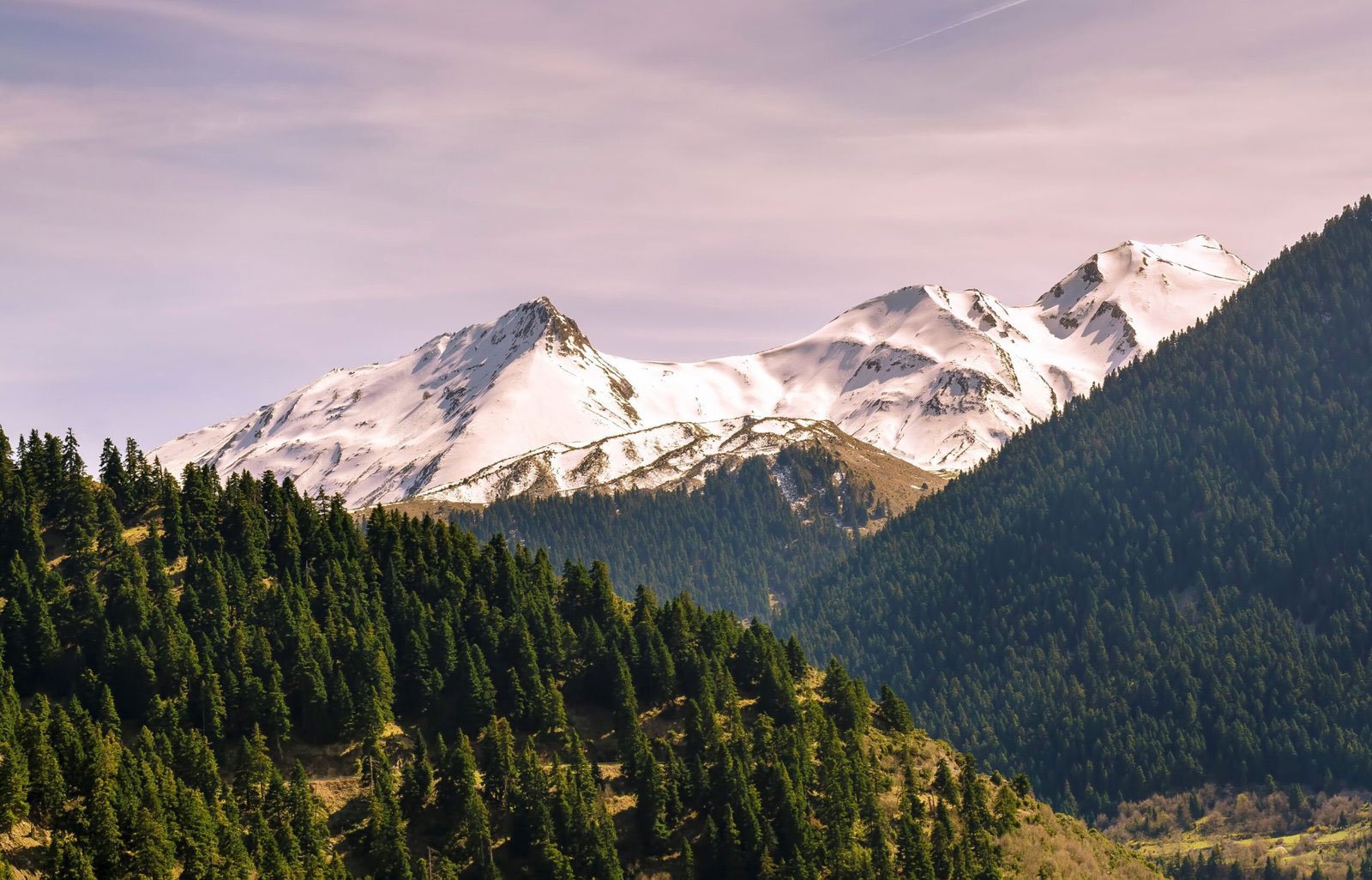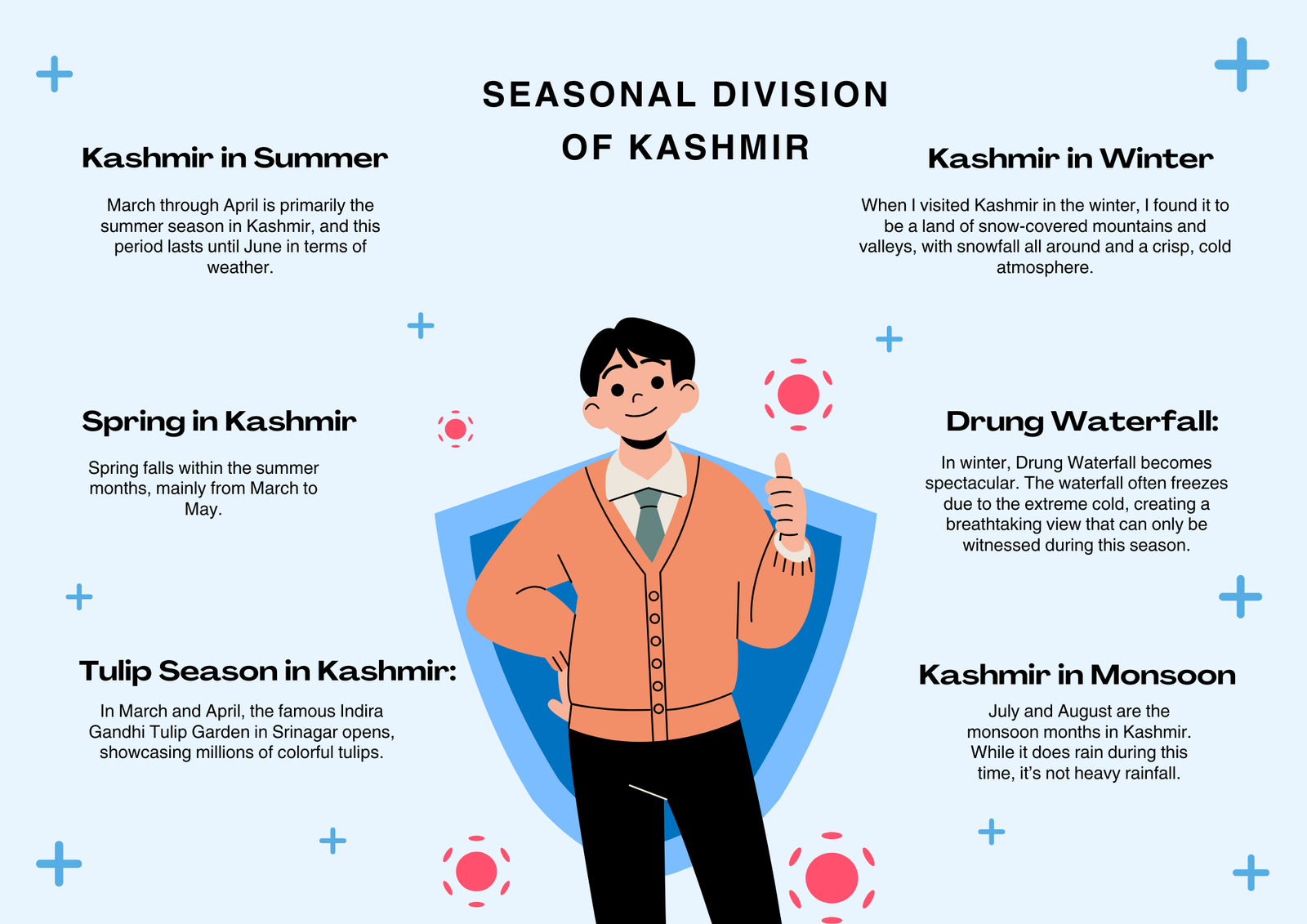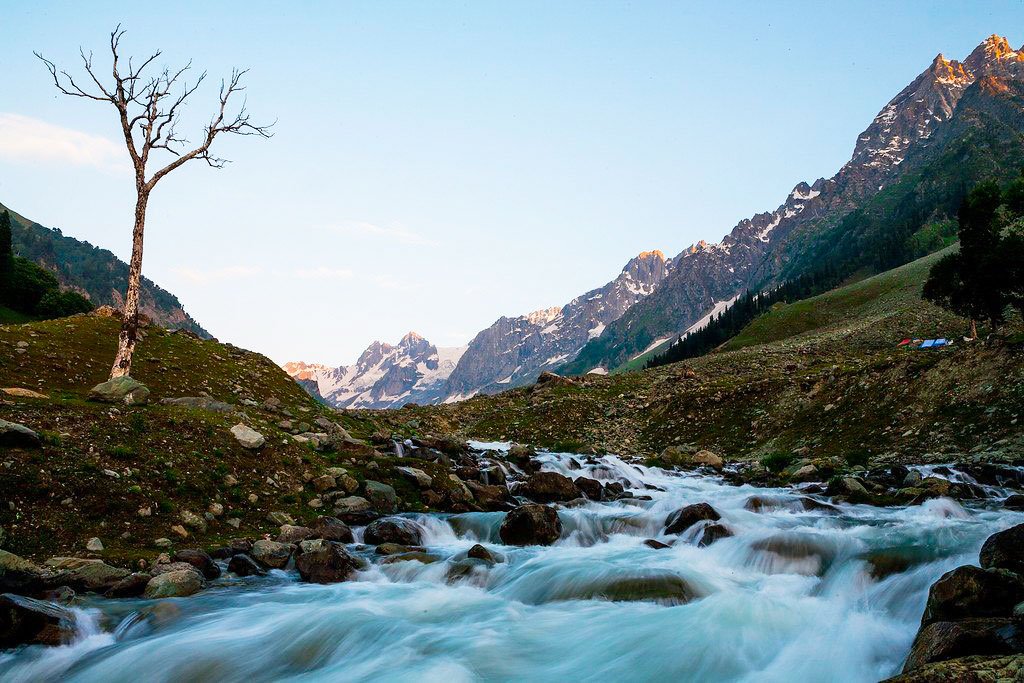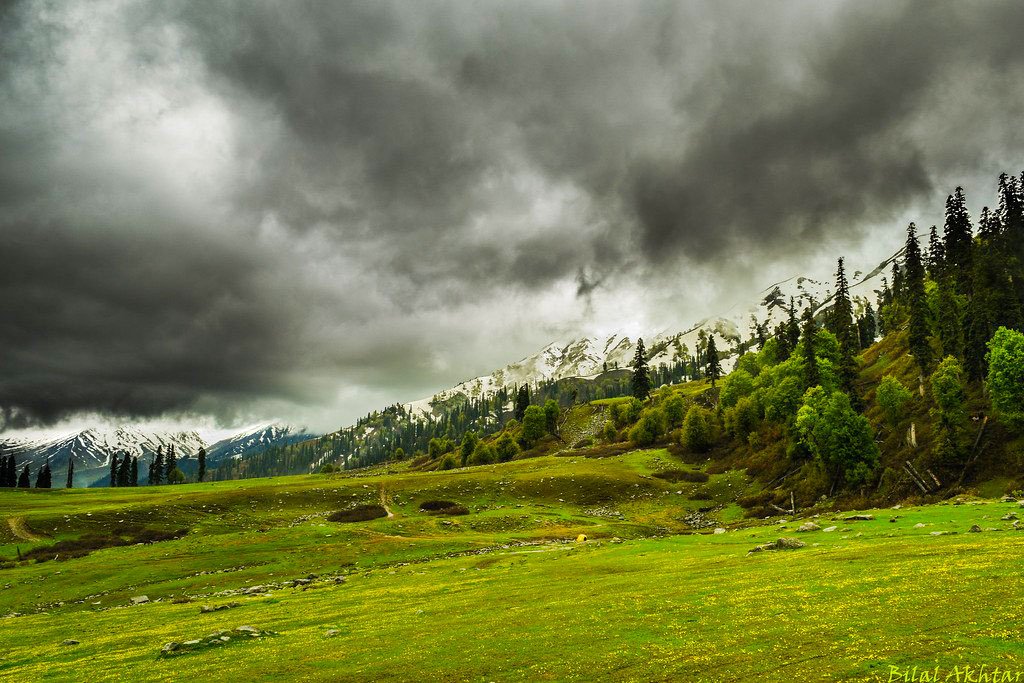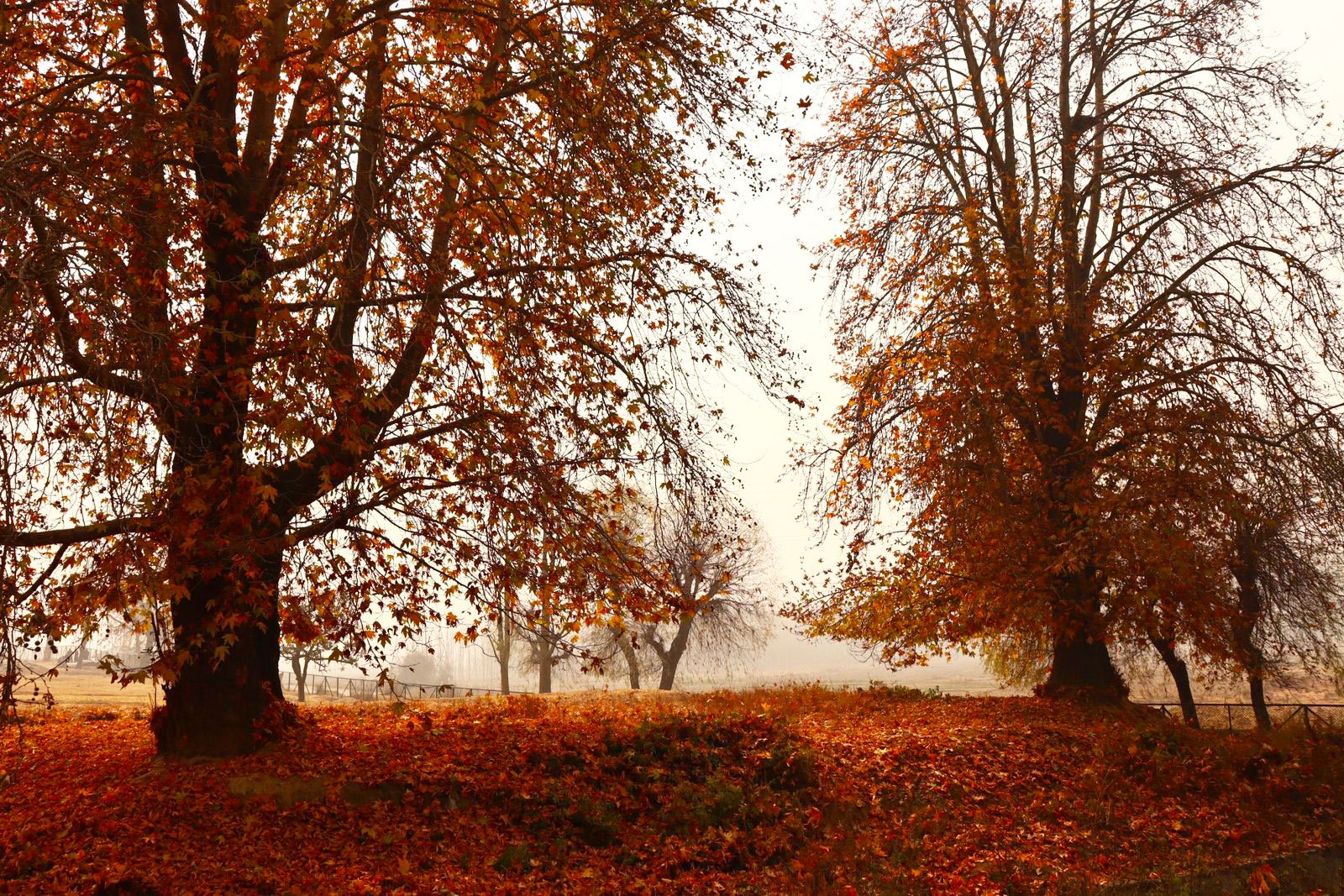
Bungus Valley Camping Tips

Bungus Valley is one of the most beautiful but lesser-known valleys in Kashmir. It is still free from tourist crowds and is located in the Kupwara district of Jammu and Kashmir, about 100 km from Srinagar.
Looking for a Bungus Valley camping tips? Then you should know that its green meadows, snow-covered mountains, and peaceful rivers make it one of the best places for camping in Bungus. Camping here allows you to enjoy outdoor adventures in Kashmir, where the night sky is filled with stars and the surroundings echo the sweet sounds of nature.
The best time for camping in Bungus Valley is usually summer and autumn because the weather is pleasant and perfect for camping. This place is ideal for those who love spending quiet time in nature. However, before camping, it is important to check the camping essentials for Bungus Valley, such as a suitable tent, warm clothes, a first-aid kit, and enough food supplies.
Camping in Bungus Valley is not just about enjoying the beauty of nature—it is also an exciting experience. Knowing various travel tips for Bungus Valley, such as trekking, photography, and wildlife observation, can make your trip even more enjoyable.
Bungus Valley A Hidden Paradise in Kashmir, Perfect for Camping
Bungus Valley is one of the most beautiful but lesser-known valleys in Kashmir. It is still free from tourist crowds and is located in the Kupwara district of Jammu and Kashmir, about 100 km from Srinagar.
Looking for a Bungus Valley camping guide? Then you should know that its green meadows, snow-covered mountains, and peaceful rivers make it one of the best places for camping in Bungus. Camping here allows you to enjoy outdoor adventures in Kashmir, where the night sky is filled with stars and the surroundings echo the sweet sounds of nature.
The best time for camping in Bungus Valley is usually summer and autumn because the weather is pleasant and perfect for camping. This place is ideal for those who love spending quiet time in nature. However, before camping, it is important to check the camping essentials for Bungus Valley, such as a suitable tent, warm clothes, a first-aid kit, and enough food supplies.
Camping in Bungus Valley is not just about enjoying the beauty of nature—it is also an exciting experience. Knowing various travel tips for Bungus Valley, such as trekking, photography, and wildlife observation, can make your trip even more enjoyable. So, if you are looking for the best places for camping in Bungus, feel free to visit this heavenly valley for an unforgettable camping experience!
Best Time and Weather for Camping in Bungus Valley
Choosing the right time for camping in Bungus Valley is very important because the weather varies throughout the year. If you want to experience the valley’s true beauty, the best time for camping in Bungus Valley is summer (May–July) and autumn (August–October).
During this time, the weather remains pleasant, with daytime temperatures ranging between 15–25°C and nights not too cold. In autumn, the colors of the valley’s trees change, making the camping experience even more beautiful.
If you love a snow-covered landscape, you can also camp in winter (November–February), but this falls under off-season camping in Bungus Valley. In winter, the temperature can drop as low as -10°C, so you must carry warm clothes, thermal sleeping bags, and snow-resistant tents. Since rain or snowfall is possible, waterproof camping gear is also essential.
Camping in the monsoon (July–August) can be a bit challenging due to light rainfall, which can make the meadows muddy. However, after the rainy season, the valley looks even greener and more vibrant.
If you prefer comfortable camping, summer or autumn is the best time. But if you want to experience the thrill of camping in extreme weather, make sure to be well-prepared for off-season camping. No matter when you visit, Bungus Valley will always offer a mesmerizing experience.
Best Camping Locations & Safety Tips in Bungus Valley
Bungus Valley is a dream destination for camping! It has green meadows, mountain streams, and calm rivers, making the camping experience truly magical. However, choosing the right location for camping is very important.
Some of the best camping spots in Bungus Valley are:
-
- Jabbad Meadows – One of the most open and beautiful grasslands in the valley. The mountain views from here are breathtaking.
- Lehner Valley – Perfect for those who love peaceful surroundings. Surrounded by snow-covered mountains, this place feels like paradise.
- Rajpura Ridge – Located on a hilltop, offering stunning sunrise and sunset views. Great for trekking lovers.
- Drangyari Forest Campsite – Ideal for camping close to nature. Since it is deep in the forest, you may also get a chance to see wildlife.
For first-time campers, it is best to choose a flat and safe location. According to the Bungus Valley camping guide, Jabbad Meadows and Lehner Valley are safer options as the weather is mild and there is a lower risk of encountering wild animals.
Usually, you do not need special permission from local authorities for camping here. However, since it is a protected valley, it is a good idea to inform local authorities for safety reasons. If you plan to camp in the off-season in Bungus Valley or go deep into the forest, obtaining permission and hiring a local guide is a wise decision.
Overall, camping in Bungus Valley is an amazing experience, but you must choose the right location, considering safety and weather conditions. Also, don’t forget to keep this beautiful place clean and pollution-free!
Essential Camping Gear & Preparation for Bungus Valley
When camping in Bungus Valley, carrying the right equipment is very important. The weather can be unpredictable, and without the essential camping gear for Bungus Valley, your experience may become difficult instead of enjoyable. Here’s what you need:
Tent: Choosing the Right One
Nights in Bungus Valley can be cold, so you need a high-quality, waterproof, and wind-resistant tent. If you are camping during the rainy season, a double-layered tent is best to prevent water from entering. For winter camping, a four-season tent is the best option.
Sleeping Bag: Protection from the Cold
Since night temperatures in Bungus Valley drop significantly, a regular sleeping bag may not be enough. It’s better to carry a thermal sleeping bag that can handle 5°C to -10°C. Also, using a sleeping pad or mat will help you avoid direct contact with the cold ground.
Food & Cooking Essentials
There are very few food options available in Bungus Valley, so you need to bring your own supplies:
-
- A lightweight camping stove and gas canister for easy cooking.
- A lighter and a waterproof matchbox for starting a fire.
- Dry and instant foods (like noodles, oatmeal, chocolate, and nuts) are easy to prepare.
- Sufficient drinking water or a water purifier/filter, as clean water may not be available everywhere.
Warm Clothes & Other Essentials
Nights in Bungus Valley can get very cold, especially during off-season camping. Proper clothing is necessary:
-
- Layering system – Carry both light and warm clothes so you can adjust as needed.
- Thermally insulated jackets and gloves for extra warmth.
- Waterproof and windproof jackets to protect against sudden rain or strong winds.
Camping in Bungus Valley can be a memorable adventure, but proper preparation is the key to enjoying it safely and comfortably.
Safety Gear for Protection
Bungus Valley is a beautiful but remote area, so carrying safety gear is very important.
-
- Carry a first-aid kit (painkillers, bandages, antiseptic, blister patches).
- Bring a flashlight and extra batteries, as the valley gets very dark at night.
- A rescue whistle and a multi-tool knife can be useful in emergencies.
- Download Google Maps or carry a paper map, as the internet signal may be weak in many places.
To enjoy the best camping spots in Bungus Valley, prepare well in advance. This will make your camping trip fun and hassle-free. Also, remember that keeping the environment clean is our responsibility.
Camping Rules & Safety Tips in Bungus Valley

When camping in Bungus Valley, you must follow some important rules and safety measures to ensure a safe and enjoyable trip. This is a remote valley in Kashmir, where nature is still untouched, so extra precautions are necessary while camping.
Is Permission Needed from the Forest Department?
In general, you do not need special permission from the Forest Department or local authorities to camp in Bungus Valley. However, in some areas, especially in protected forests, permission may be required. It is a good idea to check with the local tourism office or forest department before your trip.
If you plan to camp off-track or deep inside the forest, it is wise to hire a guide and obtain permission.
How to Avoid Wildlife Risks?
Bungus Valley is home to Himalayan wildlife, such as Himalayan bears, deer, and smaller wild animals. To stay safe while camping, follow these precautions:
-
- Store food safely: Use airtight containers to prevent food smells from attracting animals.
- Keep the campsite clean: After cooking, dispose of waste properly by burying it or carrying it in a bag.
- Do not leave food or trash outside at night, as it may attract wildlife.
- Use light and sound: Keep a flashlight on at night and make occasional noise to keep animals away.
Respect Local People & Culture
The local Kashmiri people in Bungus Valley are very friendly and welcoming. However, it is important to respect their culture and traditions.
-
- Talk to locals before camping to ensure the area is safe.
- Do not take photos of people or camp near their property without permission.
If needed, ask locals for help—they can provide useful information.
Eco-Friendly Camping: Follow the "Leave No Trace" Policy

To protect nature, it is very important to follow the “Leave No Trace” policy. This means not leaving any waste or causing damage to the environment.
-
- Do not litter: Take back everything you bring.
- Do not harm nature: Avoid cutting trees or damaging plants.
- Use fire responsibly: Light campfires only in designated areas and make sure to put them out completely.
- Use proper toilet facilities and dispose of waste correctly to keep nature clean.
If you follow these camping rules & safety tips, your trip will be safe and enjoyable while keeping nature protected. Be a responsible camper and respect both nature and the local people.
Personal Recommendations
To have a safe and fun camping experience in Bungus Valley, follow these important tips:
-
- Check the weather forecast before your trip, as Bungus Valley’s weather changes quickly. In winter, temperatures can drop suddenly, so carry warm clothing and suitable camping gear.
- Hire an experienced local guide who knows the area well. This will make your journey easier and safer.
- Respect the environment: Avoid harming nature and do not litter.
- Be aware of wildlife: Animals like bears and snakes may be present in the mountains, so stay cautious. Keeping lights on at night can help keep wild animals away.
- Take it slow while hiking to avoid altitude sickness. Drink plenty of water and always carry a first-aid kit.
- Be careful while traveling because some roads may be difficult to navigate. If you are visiting during snowfall, take the help of a local guide.
- Handle campfires carefully to avoid any accidents.
- Carry a satellite phone or portable communication device, as mobile networks may not work in some areas.
Make sure you obtain the necessary permits for camping or other activities in the valley.
How to Reach Bungus Valley?
To reach Bungus Valley, you first need to travel to Srinagar, the capital of Kashmir. The distance from Srinagar to Bungus Valley is about 130 km, which takes 4-5 hours by road, depending on weather conditions.
There are different ways to reach Bungus Valley, which should be planned based on your travel preference and road conditions.
How to Reach Bungus Valley from Srinagar
By Car/Private Taxi:
-
- The easiest and most comfortable way is to hire a car or taxi from Srinagar to Handwara or Chowkibal.
- The road from Handwara to Bungus Valley is a bit rough, so it is better to use a 4×4 jeep or SUV.
- The road is hilly and uneven, so it is safer to travel with an experienced driver.
By Public Transport:
-
- If you want to travel on a budget, you can take a local bus or shared taxi from Srinagar to Handwara.
- There is no direct public bus from Handwara to Bungus Valley, but you may find shared taxis or local vehicles.
- Public transport takes more time, so if you want to reach faster, private cars are a better option.
Trekking Option:
-
- If you love adventure, you can trek from Handwara or Chowkibal to Bungus Valley.
- The trekking route is about 15-20 km and usually takes 6-7 hours.
During monsoon or winter, the roads can become slippery, so trekking without a guide can be risky.
Do You Need a Local Tour Operator or Guide?
Bungus Valley is still an offbeat and less-explored place, so there are fewer facilities for tourists. If this is your first visit, hiring a local guide or tour operator is a good idea.
-
- A local guide can help you find the right routes and safe camping spots.
- Especially for trekking or off-season camping, a guide is important for safety.
- Many tour operators offer complete packages that include transport, camping gear, and food, which can be convenient.
Overall, the best way to reach Bungus Valley is by car or taxi via Handwara or Chowkibal. However, if you are on a budget, you can use public transport or shared taxis. And if you love adventure, trekking is also an option.
Camping Experience & Local Culture in Bungus Valley

Camping in Bungus Valley is not just about enjoying nature—you also get to experience Kashmiri tribal culture, hospitality, and traditional food. The people in this valley are very friendly and welcoming. So, apart from nature, their way of life and food will also impress you.
How Welcoming Are the Locals?
-
- Kashmiri people respect their guests a lot, and Bungus Valley is no exception.
- The locals are simple and warm-hearted, especially if you respect their culture.
- Sometimes, they may offer you tea, dry fruits, or local food as a gesture of hospitality.
- If they invite you to their home, accept it with a smile, as it is a sign of kindness.
- If you get lost or need help, they will do their best to assist you.
Local Food & Traditional Dishes
While camping in Bungus Valley, you can try some authentic Kashmiri dishes:
-
- Nun Chai (Pink Tea): A salty Kashmiri tea, perfect for keeping warm in cold weather.
- Rogan Josh: A popular Kashmiri meat curry, made with aromatic spices.
- Kashmiri Dum Aloo: A spicy potato dish, perfect for vegetarians.
- Matha (Buttermilk): A refreshing drink that helps digestion.
- Kashmiri Roti & Sheermal: Sweet and spiced bread, which goes well with local dishes.
- Wazwan: A traditional Kashmiri feast with different types of meat and rice.
What Kind of Experiences Can You Have?
Camping in Bungus Valley is not just about nature or food—you can also enjoy adventure and cultural moments.
-
- See local life: Observe how people live in the mountains.
- Watch cattle grazing: Many locals raise livestock, which is a unique experience to see.
- Enjoy scenic beauty: The green meadows, snow-capped mountains, and waterfalls will leave you amazed.
- Photography paradise: Capture the natural beauty and local culture through your camera.
- Campfire & stargazing: Spend the night under a star-filled sky, sitting around a campfire in peaceful nature.
Camping in Bungus Valley is not just about enjoying natural beauty—it is also a cultural experience. Spending time with the local people, tasting their food, and understanding their lifestyle will make your trip truly memorable.
Do & Don’t for Camping in Bungus Valley
When camping in Bungus Valley, it is important to follow some basic rules and etiquette. This will help make your trip safe and enjoyable while ensuring that the local people and nature are not harmed. Here are the things you should do (Dos) and the things you should avoid (Don’ts) while camping.
What Should You Do?
Be eco-friendly: Do not throw garbage anywhere. Always take your waste with you.
Stay quiet: Avoid playing loud music or speaking loudly, as it can disturb nature and wildlife.
Follow local rules: If forest department permission is required, obtain it and camp only in designated areas.
Ensure your safety: Carry the right gear and essential equipment so you are prepared for any emergency.
Use fire carefully: If you light a campfire, make sure to put it out completely before sleeping to prevent accidents.
What Should You Not Do?
Do not disturb wildlife: Do not throw food, shine lights at animals, or enter their habitats, as it can be dangerous.
Do not disturb other campers: Bungus Valley is a peaceful place, so be considerate of others’ comfort.
Do not cut trees or damage nature: Do not break branches for camping or harm plants and animals.
Do not enter private property without permission: Do not go into someone’s home or farm without asking, as it may make them uncomfortable.
How Should You Communicate with Locals?
Be polite and respectful: The local people are very hospitable, but it is important to respect their culture and traditions.
Learn basic local phrases: Saying “Assalamu Alaikum” or “Thank you” can help build a friendly connection.
Ask for directions if needed: If you need information or directions, ask politely—locals are usually happy to help.
What to Do in Case of an Emergency?
Check mobile network availability: Not all areas in Bungus Valley have network coverage, so contact local authorities or guides in advance.
Signal for help if lost: If you get lost, use a whistle or flashlight to signal others.
Keep emergency contacts: Save the numbers of the nearest police station or forest department before your trip.
Stay in a group: Avoid camping alone; camping with a group ensures safety.
Find shelter in bad weather: During heavy rain or snowfall, find a safe place to stay.
Camping in Bungus Valley can be an amazing experience if you follow the right rules. Travel responsibly to protect yourself and nature, ensuring that everyone has a great experience.




















